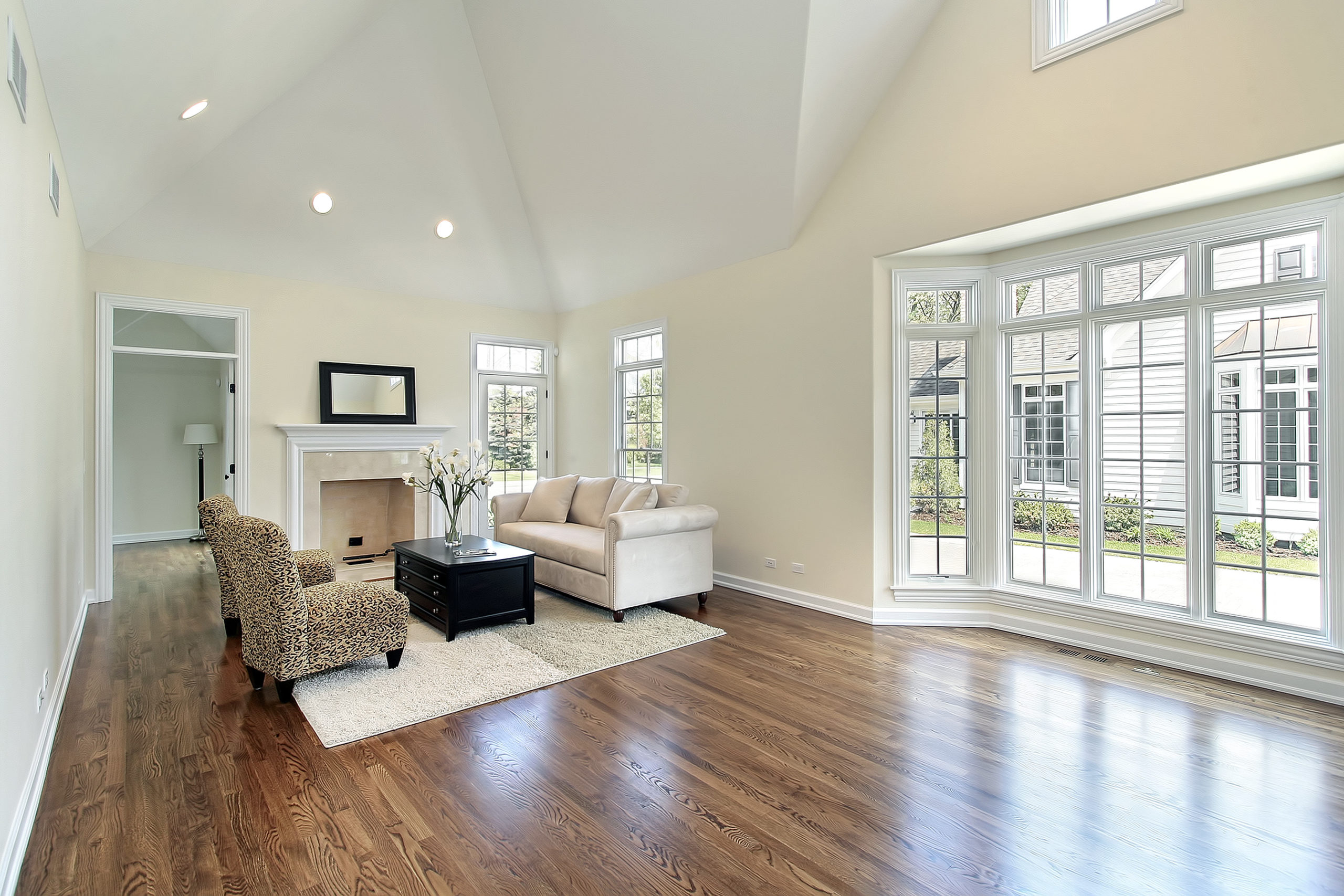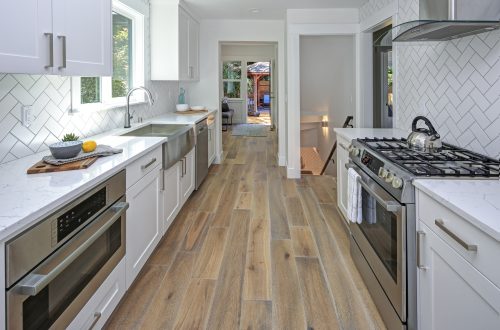Protecting Your Floors During a Move
How to Prevent Damaging your floors during a move
Moving can be a stressful endeavor. From trying to keep all your belongings organized to unpacking and acclimating to a new home, moving just isn’t fun- especially moving in the cold winter months of New York or rainy seasons of the South.
One of the many goals during a move is to not damage the home your leaving and the home you are moving into. Your flooring is most susceptible to damage during a move because of all the traffic it is receiving. The points below will help minimize the abuse your flooring will take during a move. It is very important to protect your floors during a move for many reasons.
This blog post is going to touch on how to protect your floors during and after a move.
Masonite
Masonite is a hardboard and is sold as 4’x’8’ sheets. This can protect floors by acting as a shield when laid right on top of the floor. Putting down these boards in a main walkway and creating a path is a perfect way to protect your floors.
Ram board
Ram Board is a temporary floor protectant used during construction and moving to ensure that your flooring is not damaged. It comes in rolls which is typically around 317 square feet(For the contractor grade Ram Board.) Being it comes in rolls, it is much more compact than the sheets of masonite and can fit in virtually any vehicle. It is heavy duty and easy to lay as it rolls out and can be cut to size and angle. Like masonite, you can create a path or walkway to avoid damaging your floors.
Moving Blankets
Moving Blankets are great because they can be wrapped around furniture and electronics to ensure that nothing is damaged and can soften any bump or scrape avoiding dings and nicks in your furniture, walls and floors. They are heavy duty but yet soft so that your possessions are kept safe. These are definitely a good item to invest in when moving.
Don’t slide furniture and boxes
While it can be tempting to slide boxes and furniture across the room- do not. You will scratch or even gouge your floors. Instead, pick up and place the furniture and boxes where they belong.
Have a mat to wipe your feet before entering
While it isn’t practical to take your shoes on and off during the moving process, putting down mats at entry/exit points will help minimize the outside debris that can ultimately scratch you floors.
Felt pads
Install felt pads on all furniture and chair legs. The felt will protect your floors from dents and scratching by acting as a soft barrier between the furniture and floors. You can carefully slide and move furniture after you have placed the felt pads. Always make sure that the felt pads are clean and free of scratch-causing debris.
Take Measurements
It is important to plan and strategize prior to moving. Understanding the widths of furniture and doorways will help your move go more smoothly. Not to mention it will avoid trying to bring in any furniture that will not fit and potentially scratch and damage walls and floors.
Hire a moving company
Hiring a moving company may be the best option you have. During a move, having multiple helping hands makes things much easier and faster. For some that do not have those helping hands, a moving company will be that for you. Also, moving companies are equipped with all of the items above. Their main goal is to transition you, your family, and your belongings in the same manner in which they were packed up. They will do everything they can to avoid damaging any of your content. Plus, many moving companies ensure the liability should anything go awry.
Clean up after the move
It’s a good idea to clean up directly after a move. While your home may be in a discombobulated state right after, giving the floors a good wipe down is effective in removing some of the debris that can scratch or damage them.
Don’t drop or abruptly place furniture, boxes or appliances
By doing so, not only do you risk damaging your contents, but also denting your flooring or cracking your tile. Carefully place down your furniture, boxes and appliances.
No matter the type of flooring you have installed in your home, whether it’s hardwood, tile, laminate or luxury vinyl, protecting your floors during a move is one of the main goals. It is always best to ensure that no damage is done before, during, and after.


4 Comments
Pingback:
Pingback:
Pingback:
Pingback: